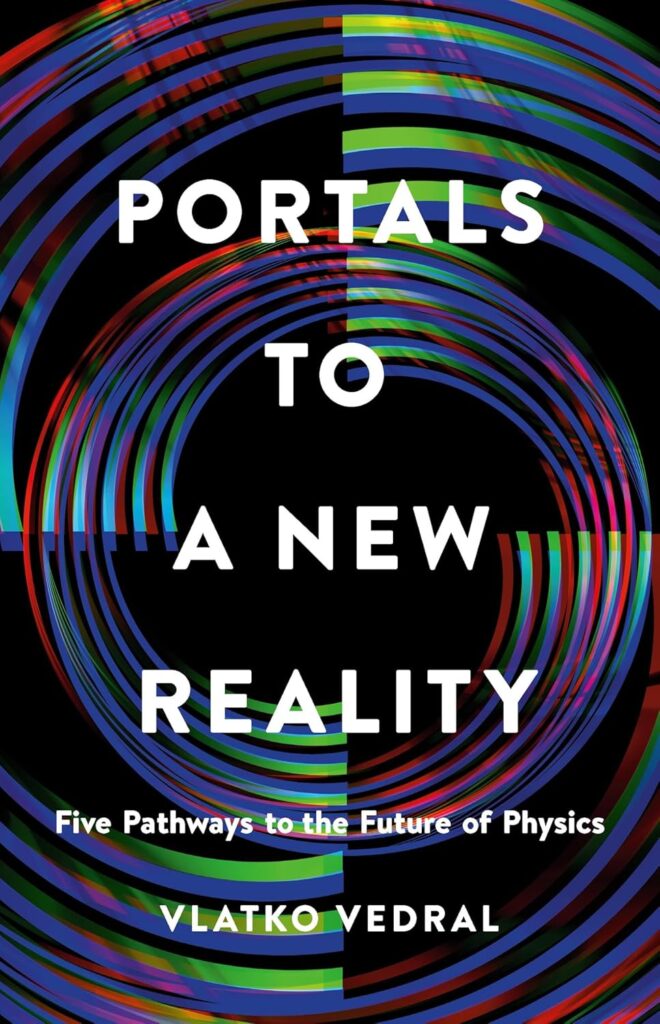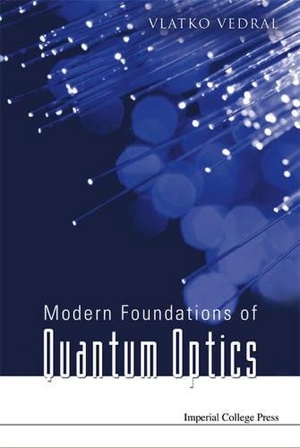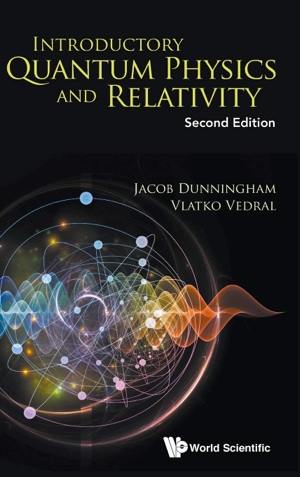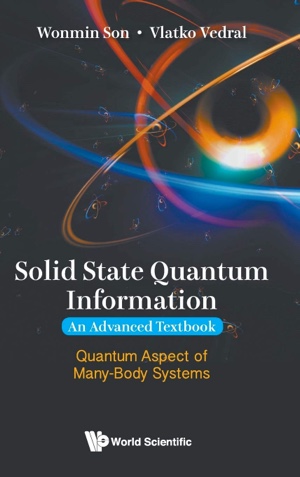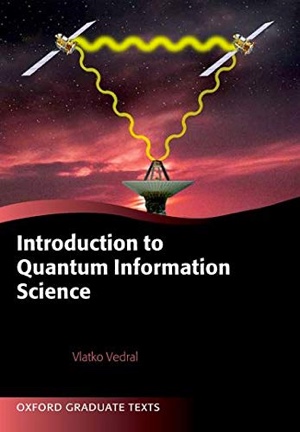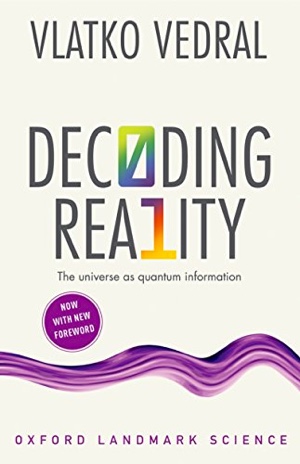Two predictions for the Post-Quantum World
Every time physicists face experiments that cannot be explained with the existing theories they have to decide which aspects of these theories to keep and which to throw away. Planck, when faced with the inability of classical physics to explain black body radiation, decided to keep the laws of thermodynamics, but threw away the assumption that energy is continuous (which is an integral part of Newtonian mechanics). Similarly, Einstein, when trying to explain the inability of the Michelson and Morley experiments to detect Earth’s motion through the ether, kept the Newtonian assumption that the laws of physics should be the same in all reference frames, but he also introduced the invariance of the speed of light in different reference frames (a fact that is naturally encoded into Maxwell’s theory of electro-magnetism, but not Newtonian physics).
Remarkably, thermodynamics survived the revolutions of the 20th century, both quantum physics and relativity. It now seems that it also survives their unification. (Gerard Milburn at the University of Queensland also takes this view. See the article “Thermal Timekeeping” in which he tries to construct a clock based on the principles of thermodynamics, in an attempt to define a concept of time that holds equally well on quantum and cosmic scales.) Let me explain. Probably the most significant consequence of the unification of quantum physics and special relativity (into quantum field theory) is the division of all particles into fermions and bosons, which behave very differently when treated collectively. If indistinguishable, fermions avoid each other, never wanting to occupy the same quantum state; bosons are the opposite and like to bunch all into the same state.
One might be tempted to think that the behavior of indistinguishable quantum particle threatens the laws of thermodynamics. The Second law says that in a closed cycle, the total amount of dissipated work has to be at least as large as the useful work, or the overall disorder as quantified by entropy has to increase (more colloquially: “when playing with nature we cannot even break even”). The key to understanding this is the concept of information we can gain about the system doing the work. The more information we have, the more work we can do, but, at the same time, obtaining more information requires more dissipation (either while acquiring it, or, more fundamentally, when deleting it – see Charles Bennett “Demons, Engines and the Second Law”, Scientific American, November, 1987).
So, can quantum indistinguishability help as far as work? Take bosons for example. At low temperatures they all tend to condense, i.e. they all go into the lowest energy state. So, we might reason that the price of obtaining information about all of them is the same as obtaining the information about only one of them (since they all behave the same way). The amount of useful work, on the other hand, scales with the number of bosons (therefore it could be as large as the number of atoms in the condensate). This would imply that bosons could violate the Second law by an infinite amount!
But this is not so. I have recently showed with my colleagues Martin Plesch, Oscar Dahlsten and John Goold (quant-ph arXiv:1203.0469v1, 2 Mar 2012) that indistinguishable particles cannot improve any work cycle. The key is that the tradeoff between information is still preserved even when fermions and bosons are taken into account. Namely, obtaining one bit of information, such as if an atom exists on the left hand or the right hand side of a piston, still allows us to do at most one bit of work (in the units of kT, where k is the Boltzmann constant and T temperature).
I’d like to now speculate a bit while looking ahead. First, I would like to suggest that thermodynamics is so robust precisely because its foundations are information theoretic in nature. I am so confident about this that I am willing to bet that thermodynamics will also survive whatever revolution comes after quantum physics (I offer a good bottle of Dom Perignon to anyone who bets otherwise and wins).
This is not just a blind bet, I also have some evidence. Of course, I have no idea what (if anything) comes after quantum physics and relativity. At the moment both quantum physics and general relativity work so well that we have absolutely no experimental evidence to modify either. They don’t get on well, alright, but this is our only indication that there might be something beyond.
However, in the absence of experimental discrepancies, people are studying all sorts of post-quantum scenarios theoretically (it’s good to do this kind of stuff since one never knows where a breakthrough will come from – these are the “unknown unknowns”). These theories all have to maintain the same degree of genuine randomness as quantum physics since this is so well established in all quantum experiments. In other words, they are all probabilistic. They also respect “no-signaling”, in the sense that they do not allow faster than light information transmission.
Interestingly, some other ideas seem to survive the onslaught of post-quantum physics. Yes, you’ve guessed it: they are thermodynamical and information theoretic in nature. I have studied this with my colleagues Markus Mueller and Oscar Dahlsten (see also Dahlsten’s post for FQXi – “Is the Second Law a Meta-Theorem”). We have found that the link between information and disorder remains in the new theories. So, these theories are also unlikely to violate the Second law, as the relationship between information and disorder seems to be the key (this is why I said I had some more evidence about the robustness of thermodynamics).
Now I am really going to stick my neck out. I want to make two predictions for the post quantum world, but I am not willing to bet more than a bottle of Bollinger on this. One is that quantum entanglement survives in the post quantum world. Entanglement is a form of correlation between two or more subsystems that go beyond anything classically allowed (which is why Einstein called it “spooky action at distance”) and it has been confirmed experimentally in many systems and scenarios. But, more importantly for my argument, entanglement is also linked to information theory and thermodynamics. It is quantified by entropy (like disorder) and it changes only in one direction when subsystems are addressed independently (which, in some sense, is equivalent to the disorder increase).
The other prediction I want to make is that the link between an object’s entropy and its area, the so-called Holographic principle, will also remain true in the post quantum world. The Holographic principle is a generalization of the famous Bekenstein-Hawking formula for black hole entropy (see, for instance, Lee Smolin’s “Three roads to quantum gravity”) and it has an information flavor, because it tell us about information that is “lost” when an object falls into a black hole; it has a thermodynamic underpinning too, since it relates this lost information to the black hole entropy increase. Some people believe that the entanglement between stuff inside and outside of the black hole is responsible, which only strengthens the argument.
To understand what really needs to be changed in the post quantum world we most likely need to patiently wait for that future experiment which will finally force us to depart from the currently established wisdom. In the meantime, however, it’s certainly fun trying to second-guess nature.
Sign up to my substack
BOOKS
ASK ME ANYTHING!
If you'd like to ask me a question or discuss my research then please get in touch.
